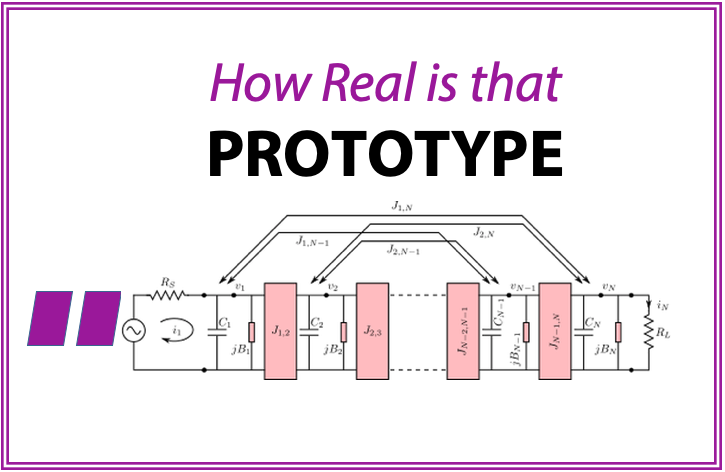You may be tired of hearing that it is a drupa year and that there will be many announcements – drupa fatigue can be a real thing. But, there is a development cycle in our industry driven by the big show every four years, and that means that engineering prototypes, alpha versions of machines, almost-ready machines, and new product offerings will be in Dusseldorf. This article gives a few guidelines for how to evaluate the non-products you encounter at drupa, other trade shows, or at private events.
Inkjet press development is far from over. There will be on-going improvements in speed, resolution, color vibrancy, drying speed, substrate ranges, and general usability. Digital Front Ends will get smarter and data feeds to dashboards will provide more actionable information. But, when you are standing in front of a demonstration of a press that is prototype stage, how do you incorporate what you hear into your strategy?
If you are looking for a near-term purchase, look at the history of demonstrations and announcements in our industry. Whether at drupa, another trade show, or in private demonstrations, there are many prototypes that are shown by the vendors. Some are showing prototypes they believe they will bring to market, while others show conceptual prototypes to gain insight into what their customers will accept and embrace. If you are in the market now, these demonstrations are great to be a part of, but look to the currently available products in the market as you make your buying decisions. Don’t put off a purchase based on the promise of a demo.
That doesn’t mean you shouldn’t be looking at these prototypes, however. You should be looking and thinking ahead to your next expansion or machine turnover.
- Start with listening to the information on speed and resolution. Does the prototype offer higher speed or variable speed? Will the speed come with the price of the machine, or is the offer of paying for the speed when you need it? Same questions apply to resolution. Is the prototype offering higher resolution or the option to control resolution based on the jobs you are printing? You are looking for flexibility in the prototype.
- Is the prototype designed for monochrome or color? If it is monochrome, can it only accept black ink, or could it accept a different color? If it is color press, is it a four-color press, or are their more color stations? Digital presses with the ability to print more than CYMK provide opportunities to do more type of commercial work!
- What is the promised substrate weight range? How light can you go, and how heavy can you go? Can you move from one substrate weight to another without changes to the machine? To accommodate very light or very heavy substrates do you need to make physical adjustments to the press, or is everything automated? How to current machines from this vendor rate on substrate range?
- What is the promised range for types of substrates? From gloss, satin, silk or matte, coated and uncoated, and inkjet treated or prepared, the range of paper available in the market today is amazing. What will be compatible with this planned press, and do they have proof points? Will this machine have the option to print on non-pulp substrates like Teslin® or film?
- What technology is in use for drying? In inkjet printing, the drying process is a key element in production, so it is worth understanding how they plan to drying the substrate. Different drying technologies can have an impact on the cost to run the press, which is another good reason to ask.
- What is the inkjet technology? There are many types of inkjet print heads. Each manufacturer determines if the heads are user-replaceable or require a technician to make the change. Some manufacturers have swap and rebuild programs, while others create disposable heads. Ask about the technology to get a sense of what living with the press will entail. How long are the heads intended to last? Are proof points available?
If you start with these questions, you can build a sense of how close the vendor is to bringing their prototype to reality, and you may be able to influence the decisions they make about how to bring this press to market.

